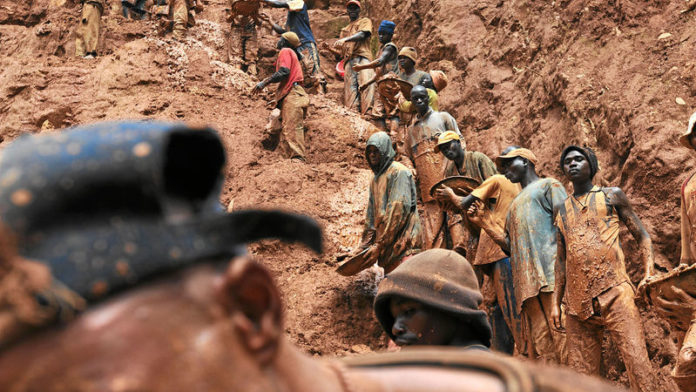
PLANS by the Democratic Republic of Congo (DRC) to establish a state-owned company aimed at buying cobalt produced by the country’s artisanal industry is seen as a positive development, especially for humanitarian reasons, but it comes with risks, said Reuters.
“We are going to eliminate child labour, we are going to eliminate labour by pregnant women and we are going to eliminate fraud in this sector so that the cobalt (…) will be responsible cobalt,” said Albert Yuma, chairman of state mining company Gecamines. Gecamines will oversee the Entreprise Generale du Cobalt (EGC), the entity given monopoly powers to purchase and market cobalt from the informal sector, said Reuters.
Fears about the provenance of cobalt has resulted in end-users, such as Tesla, seeking ways to engineer the metal out of car battery production. As a result, an improvement in the social impact of cobalt production would be deemed a positive.
Integrating artisanal production into the official sector would also boost the DRC government’s mineral take and put more money in the pockets of the miners, who receive a fraction of the cobalt price.
However, the central African government could become a “swing producer” in the cobalt market which could lead to price volatility, said the newswire.
Cobalt mined artisanally tripled from 2016 to 2017 to 19,000 tons. Given that the DRC comprises about 60% of total cobalt production, this increase hurt the cobalt price taking cobalt down to $30,000 per ton from $100,000/t previously. “How far does Congo want to go in terms of “control of prices,”? asked Reuters.
“In theory, the new monopoly could smooth out periodic air-pockets in the supply chain by timing the release of its cobalt,” said Reuters. “In practice, the temptation to use its market power to support prices during periods of low-growth demand may prove irresistible.
“History is littered with examples as to how such well-intentioned ambitions can come very badly undone,” it said referring to the tin crisis between 1985 and 1986 in which the company that had been established to buffer the market by buying up stock ran out of money leading to closures and law suits, ultimately harming the tin market.










